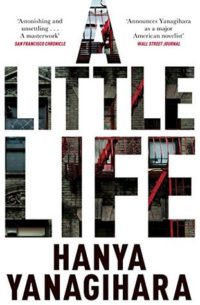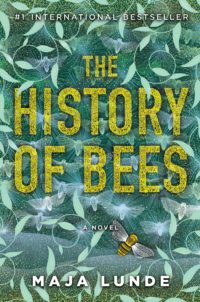Like a vision seen in a dream and scarce remembered
 Castle Dor
Castle Dor
by Arthur Quiller-Couch and Daphne du Maurier
Well what a contrast to my previous read. After lingering for two weeks over The Evenings, I raced through Castle Dor in 24 hours. Was it a case of the right book at the right time, or is it just a cracking good read? It is Daphne, after all.
Except that it’s only sort-of Daphne. This book was started by Sir Arthur Quiller-Couch (better known to many by his pen name Q), who Daphne knew a little as her near-neighbour in Fowey, but he was much older than her, so it was his daughter Foy (named for their beloved home town) who became a close friend of Daphne’s. When Q died in 1944 he left behind one final unpublished work of fiction: the first half of a novel retelling the story of Tristan and Iseult, set in 19th-century Cornwall. Some 15 years later, his daughter Foy persuaded Daphne that she was the perfect person to finish the book.
Knowing that in advance, it is certainly possible to spot the signs that different hands start and end the novel. But it is skilfully done, with no obvious seam. (Apparently Q’s manuscript was left mid-chapter, even.) I can tell you that the opening chapters felt more flowery and more scholarly than any Daphne du Maurier book I’ve read (and I’ve read a lot of them now). And the closing chapters had a touch of the supernatural, even spiritualism, that felt very Daphne and certainly hadn’t been so prominent in the book. But the join between the two felt entirely gradual and invisible.
Continue reading “Like a vision seen in a dream and scarce remembered”
 The Evenings: a Winter’s Tale
The Evenings: a Winter’s Tale A Little Life
A Little Life
 Seed
Seed Invisible Man
Invisible Man


 The History of Bees
The History of Bees